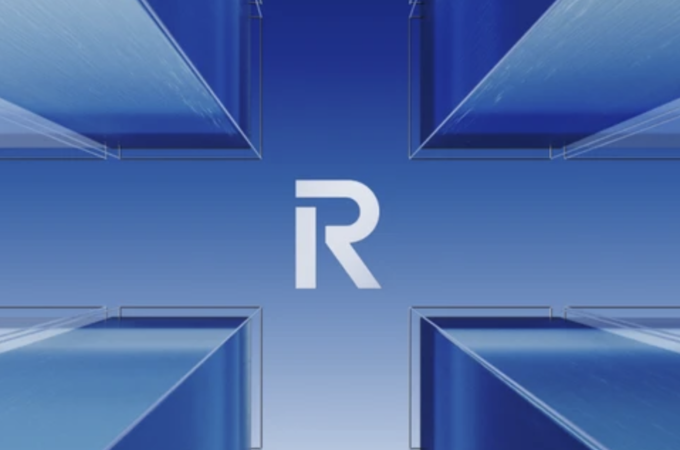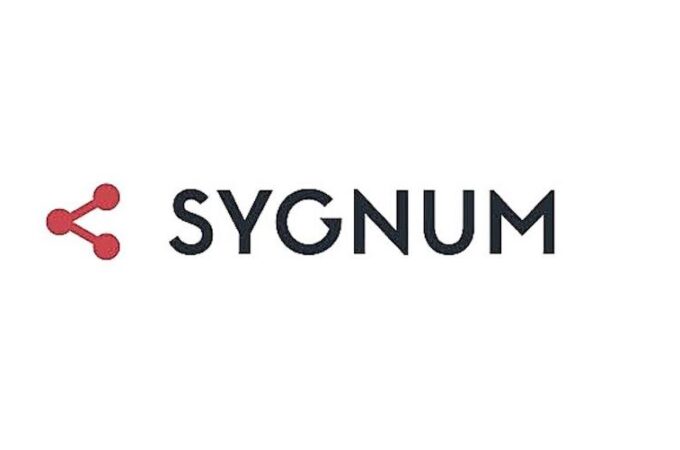
Trading Tech Accelerates Toward Speed of Light
By Vera Sprothen for WSJ
Financial-technology startups are arming traders with devices that shave precious nanoseconds off stock-market bets
A handful of financial-technology startups are arming many of the world’s most powerful trading firms and exchanges with devices that promise to handle stock-market transactions at rates rivaling the speed of light, as the race for speed in financial markets remains alive.
Engineers at Sydney-based Metamako LP and Exablaze Pty. Ltd., and Chicago-based xCelor LLC are rolling out switches that take around four nanoseconds—four billionths of a second—for messages to transit from one side to the other, sending data from exchanges to electronic traders.
When the process of collecting orders and firing them back to the exchange is included, the new switches complete the circuit in around the time it takes a beam of light to travel from home plate to first base on a baseball diamond. That is several times faster than many of the switches used in exchange server rooms now. And in the world of high-frequency trading, fortunes can be made or lost many times over in the blink of an eye.
“We’re pushing the limits of physics,” said David Snowdon, co-founder of Metamako, one of a clutch of startups globally that is turning conventional network switches, produced by the likes of Cisco Systems Inc. and Arista Networks Inc., into racing machines.
These so-called ultralow-latency switches aim to meet the cutthroat demands of firms that use computerized trading programs to pump out thousands of transactions a second. The switches are black devices the size of a pizza carton and are typically found atop giant computer stacks that Wall Street banks and algorithmic hedge funds operate in the humming, air-conditioned data centers of securities exchanges.
Acting as whirlwind messengers between private firms and the exchange, the ultrafast switches feed huge volumes of stock-market data simultaneously into dozens of trading servers and then, once the firms’ algorithms have digested the information, fire buy-or-sell orders in a flash.
The ever-increasing trading speeds have been accused of favoring opportunistic, high-frequency traders at the expense of ordinary investors, and even led one exchange, newcomer IEX Group Inc., to slow down all orders deliberately.
But ultrafast switch makers argue that near-light-speed execution could actually make markets fairer, because a system in which all data traveled as fast as it could wouldn’t leave any technical shortcuts for predatory traders to exploit.
Advertisement
Of course, trading networks comprise more than switches, and computer scientists argue that faster switch speeds make sense only when network cards and other hardware keep pace. “These superfast switches are no longer the bottleneck; the latency is now elsewhere in the system,” said Matthew Chapman, chief technology officer at Exablaze.
Neither do the new switches guarantee a big win. “You have to be fast and smart,” said Mr. Snowdon, who holds a Ph.D. in computer engineering and helped build a solar car that won the Guinness record for world’s fastest. “If you have a dumb trading strategy, you still don’t make any money.”

Still, companies in sectors from telecommunications to brokerages are interested in the technology, while many computerized traders are buying the switches to gain an edge. Last month, the Australian Securities Exchange confirmed it is using Metamako’s hardware. Based on sales records, Metamako estimates that more than half of U.S. high-frequency firms already use its devices.
“Strong competition in financial markets pushes trading firms to continuously innovate for speed and efficiency,” said a spokeswoman for DRW Holdings, LLC in Chicago, which uses Metamako’s hardware and says high-frequency strategies account for a quarter of its business.
The new switches cram components together, accelerating the flow of electrical signals. They also pass data along without analyzing it much, making them faster than switches such as Cisco’s, which parse information before deciding where to send it, and are used in data networks at such places as hospitals and universities.
Metamako’s devices logged a consistent speed of four nanoseconds regardless of traffic volume, according to tests by the Securities Technology Analysis Center in Warrenville, Ill., whose members include some of the world’s largest banks, proprietary traders and hedge funds. That is an important feature for firms worried about servers slowing during a data rush.
Metamako and xCelor said they complete the entire messaging job, including the more complicated task of shooting orders back to the exchange, in around 85 nanoseconds. The equivalent time for Cisco’s fastest switch is at least 240 nanoseconds, according to the company’s website.
Cisco declined to comment.
From a former toy train factory near Sydney’s Blue Mountains, Metamako sells about 100 ultralow-latency switches monthly to clients from Chicago to Amsterdam. At around $20,000, they’re among the more-affordable pieces of equipment for the high-speed traders that account for nearly half of U.S. stock trading, according to U.S.-based advisory Tabb Group.
James Banister, chief executive of London-based network-services company FXecosystem, said he recently upgraded some data centers with Metamako switches to strengthen their appeal to speed-focused currency traders and banks.
On the night of the U.K.’s June referendum to leave the European Union, wild speculation on the British pound caused a data avalanche 10 times the usual volume to hit FXecosystem’s networks, increasing the risk of switches clogging.
“We were holding our breath when the results came in,” said Mr. Banister, who worked through that night. “But the technology was brilliant.”
First appeared at WSJ





